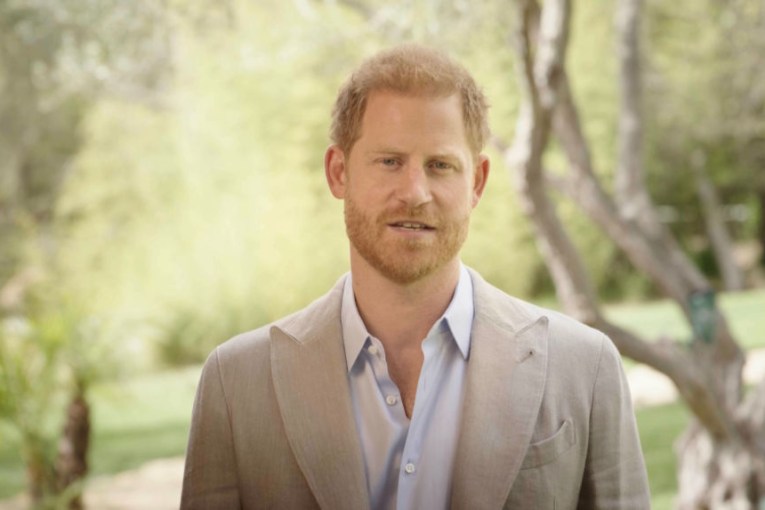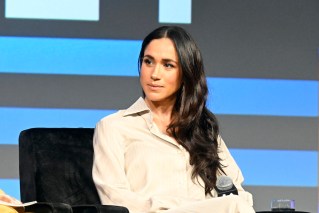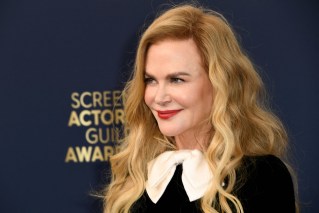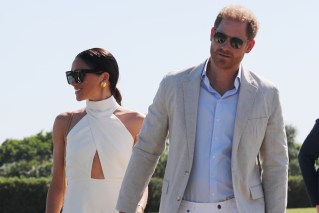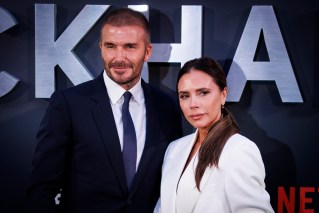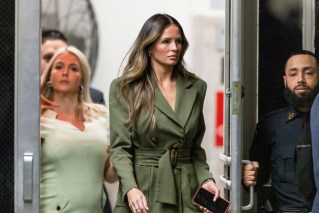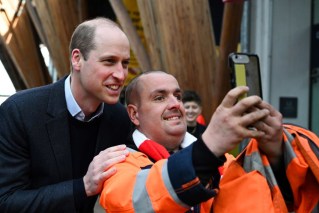Ruining ‘real’ women?

This February, a couple of US magazines, notably Elle and Vogue – have used funny, intelligent cover stars who also both happen to be a ‘normal’ size compared with their Hollywood peers.
Comedienne and star of The Mindy Project Mindy Kaling looks powerful and sexy in nothing but a blazer on the black and white cover of Elle, while Girls writer and actress Lena Dunham channels Twiggy in red and white polka dots on the playful Vogue cover.
While you may think this marks a huge step forward for female representation in the big fashion magazines, the covers have been met more with backlash than celebration.
US feminist blog Jezebel has already called out a photoshop error in Dunham’s Vogue spread, as they have with other top magazine spreads of famous women on numerous occasions. Other critics suggest that Kaling was photographed in black and white for Elle because she is a woman of colour (she has an Indian heritage). Both magazines have also been criticised for only shooting Kaling and Dunham from the neck up, when other more slender stars score full body shots.
 This reaction has been seen before when Elle released their November 2013 cover featuring plus-size comedy actress, Melissa McCarthy. Rather than the form-fitting, provocative outfits often seen on fashion magazine covers, McCarthy was dressed in a large, baggy coat. Elle editors were accused of trying to strategically hide McCarthy’s real weight.
This reaction has been seen before when Elle released their November 2013 cover featuring plus-size comedy actress, Melissa McCarthy. Rather than the form-fitting, provocative outfits often seen on fashion magazine covers, McCarthy was dressed in a large, baggy coat. Elle editors were accused of trying to strategically hide McCarthy’s real weight.
McCarthy’s outfit choice was certainly very different to that of the other women featured as part of Elle‘s “Women in Hollywood Series”, particularly young ingenue Shailene Woodley:
The cover shots of Dunham, McCarthy and Kaling stand out when compared with issues featuring more slender stars, but is it an ideological statement or a creative one? While public opinion has been brutal, all three cover stars have been outspoken about their love for the photos and their involvement in their creation.
McCarthy spoke to Jay Leno about what she called “Jacket Gate”, telling him that wearing the coat was her idea in the first place:
““I had a great little black dress on, and on the way out [of the dressing room] I was like, ‘I can’t wait for fall, I’m so sick of the hot weather,’ ” she told Leno. She then spotted the coat and was enamoured, “I was like, ‘Oooh, is that cashmere?’ and I pulled it off and ran upstairs, and then Jacket Gate started.”
Kaling took to Twitter to defend her Elle shot against people calling it racist and fat-ist:
I love my @ELLEmagazine cover. It made me feel glamorous & cool. And if anyone wants to see more of my body, go on thirteen dates with me.
— Mindy Kaling (@mindykaling) January 7, 2014
Lena Dunham was also incredibly grateful for her first big cover despite her arm seemingly being photoshopped out, tweeting directly to Vogue:
Dear @voguemagazine: Thank you. Love, Lena http://t.co/aVMgsewDfr
— Lena Dunham (@lenadunham) January 15, 2014
So are readers being over-sensitive?
It is important to note two things: Firstly, magazine covers rarely feature full body shots. Eye contact engages readers and, thus, a headshot is more likely to pull in people. Secondly, most celebrities are highly involved in the creative direction of the cover shoot and the final product tends to be a combination of the magazine’s original vision and a couple of tweaks specific to the star’s requirements.
Here’s an idea: Maybe Dunham, McCarthy and Kaling were more comfortable not showing their body. If so, who are we to judge them? After all, Dunham does appear in all her full-bodied glory inside the magazine, does that not count for something?
It speaks volumes about the expectations of society that we are dissatisfied when women do not exhibit their bodies. Politics professor Caroline Heldman spoke about this issue in her January 2013 Ted Talk, where she discussed what she described as “the lie, or the idea, that being a sex object is empowering”.
By displaying women’s bodies in a way that is revealing or overtly sexualised, women lose their involvement. Instead, they view themselves “from a third-party perspective,” says Heldman. “A spectator’s perspective, where you’re worried about rolls of fat hanging out, what that leg looks like.”
We celebrate women like Dunham and Kaling for their intelligence and independence, so perhaps we should trust them to make their own decisions.
Regardless of what the images represent, they look beautiful and provide a refreshing departure from scantily-clad supermodels with nothing to their name except a pair of angel wings. We should aim to not detract from their achievements by nit-picking.
Have your say: Do you think the furore surrounding the Dunham, Kaling and McCarthy covers is much ado about nothing? Or do the critics have a point? Let us know in the comments section below.



